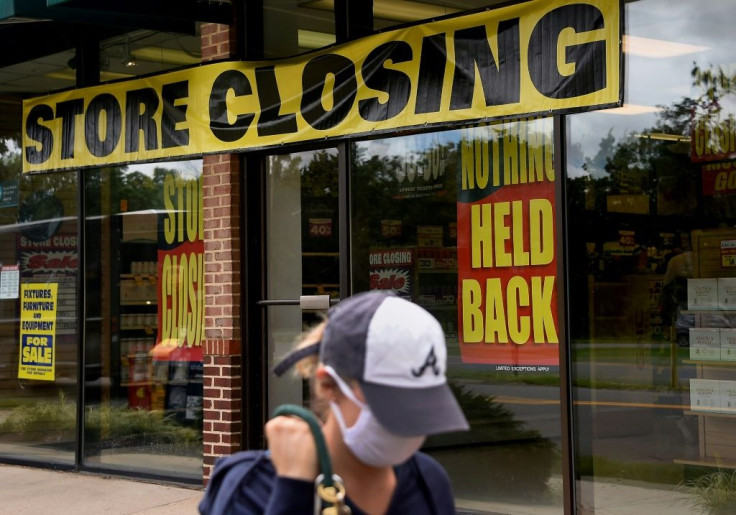Initial Jobless Claims Fell To 881,000 Last Week, But New Methodology Muddles Picture

KEY POINTS
- Jobless claims reached 881,000 for the week ended Aug. 29, below expectations of about 950,000
- Labor Department changed the methodology it uses to calculate the initial jobless claims
- But prior figures will not be revised according to the new methodology
Initial filings for jobless claims amounted to 881,000 for the week ended Aug. 29, below economists’ expectations of about 950,000 filings.
The figure was a significant drop from the 1.011 million filings reported in the prior week.
The lower numbers partly reflect a change in methodology by the Labor Department to assess seasonal factors.
Last week, the Labor Department said it would change the methodology it uses to calculate the initial jobless claims data by examining “additive factors” instead of “multiplicative factors.”
Seasonal adjustment factors, the department explained, can be either multiplicative or additive.
The revised method – whereby the department just adds or subtracts the seasonal changes in certain vocations – is expected to reduce distortions in the data and make them more meaningful by lowering seasonally adjusted data.
"In times of relative economic stability, the multiplicative option is generally preferred over the additive option," the department stated. "However, in the presence of a large level shift … multiplicative seasonal adjustment factors can result in systematic over- or under-adjustment. … In such cases, additive seasonal adjustment factors are preferred since they tend to more accurately track seasonal fluctuations in the series and have smaller revisions.”
However, since prior figures will not be revised according to the new methodology, comparisons to previous are difficult.
Diane Swonk, chief economist at Grant Thornton, tweeted: “[Unemployment insurance] claims [are] more mixed than headlines suggest. [Unemployment insurance] claims rise when [they] add special pandemic claims before seasonal adjustment. The seasonally adjustment data [is] not comparable this week because of failure to apply new methods to previous data.”
The Wall Street Journal reported that IHS Markit estimated that if the Labor Department had changed its methodology at the beginning of the COVID-19 pandemic, the number of reported seasonally adjusted jobless claims would be about 4 million lower since mid-March.
Swonk further tweeted: “Regular continuing claims fall, which means some people still being called back to work. That is good news but still not enough to lift the fortunes of tens of millions affected by COVID. New job creation tepid at best and large lay-off announcements picking up.”
Mark Hamrick, senior economic analyst for Bankrate, told International Business Times by email: "We’ll take good news when we can get it. Jobless claims came in better-than-expected and on the decline.”
New claims fell to the lowest level since the explosion seen in March, Hamrick noted.
“To provide some context, new claims were as high as 6.8 million in late March, while the highest number seen before the pandemic was the 695,000 claims in October 1982, far below this year’s series,” Hamrick added. “New claims jumped in California and Texas, were flat in New York and down in Florida and Georgia.”
Hamrick further said that the economy is now engaged in a "tug of war."
“On one side, the housing market, auto sales, ascendant stock market and resurging manufacturing are flexing strength,” he stated. “On the other, the leisure and hospitality, aspects of retailing, travel-related, energy, agricultural and commercial real estate and construction sectors are struggling.”
© Copyright IBTimes 2025. All rights reserved.





















